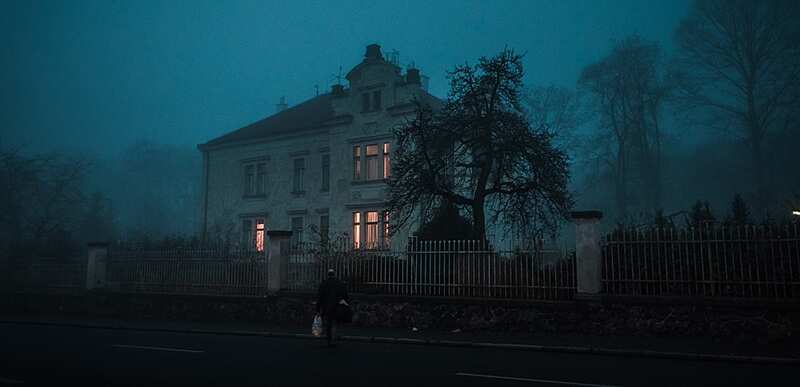
Lesson #3: Establishing Atmosphere and Setting

Hi writers, Jenn here! 👋
I write a lot of fantasy and science fiction, and as we all know, one of the make-or-break aspects of those genres is worldbuilding. From a desolate alien planet to an impossibly-shaped wizard’s tower, we speculative fiction writers spend a lot of time imagining and describing different settings.
But creating a compelling location — and using it to build the right atmosphere for your story — goes well beyond my favorite genres. No matter what kind of setting your story takes place in, you’ll want to capture it with enough nuance that it comes alive in your readers’ minds.
When writing atmosphere and setting, it’s easy to bring in sensory details. Wind can bite a character’s cheeks, or their knuckles can be stiff as they unwrap their ice-crusted hands from the snow shovel they’ve been using for the past hour. Sweat can run down a character’s spine, or the air can ripple and wave above the parking lot.
When creating your setting, go deeper than just telling us “it was dark.” How does the darkness impact what your characters can see, or where they feel comfortable stepping? How do you feel when you’re standing in the dark?
Using characters to create atmosphere
It’s even better if you can use your characters’ feelings to color the setting itself, like April Daniels does in Dreadnought:
Mom takes me to the discount shoe store downtown, one of those places with the neon-orange carpet and the salespeople who are a little too friendly to feel safe around. The door gives an electric chime as we enter the shop, which summons them like sharks to bloody water.
Notice that nothing about the shop is inherently threatening, but the protagonist’s view of what’s happening paints a vivid picture.
And remember, not every chapter needs to open with a wall of text telling us where the scene is taking place. The best descriptions are naturally worked into the scene, showing us details of the setting as the character interacts with it. Not only does this prevent description fatigue, it makes the scene active rather than static.
Take this page from Kate Hope Day’s debut novel, If, Then:
Inside her parents’ kitchen Samara opens a cabinet full of her mother’s too-bright Fiestaware dishes and pulls out a mug the color of pool water. She turns on the electric kettle and stares out the kitchen window at the wet pavement and shifting pine trees. Her parents’ new neighbor Cass walks by with her furry black dog, and her oversized raincoat flaps in the wind.
Nowhere does Day tell us where Samara’s parents live, but right away we know that they’re in a suburb. Where else can you look out the window and see both trees and a neighbor walking their dog? Even the choice of Fiestaware is telling: a brand popular with the middle class, while the color of pool water brings to mind a backyard in the summertime.
Additionally, we learn that the suburb in question is probably in the Pacific Northwest, judging from the wet pavement, and shifting pine trees. And speaking of which, did you notice how she established not just the probable location, but the weather with just six words? That’s the power of showing.
Writing exercise
The best way to practice showing a particular atmosphere or setting is by forcing yourself to avoid all the obvious words. What do I mean by that?
Pick a location from your work in progress (if you don’t have a work in progress, pick the room you’re currently in). Let’s say it’s a coffee shop. For this exercise, write your scene without using the words: coffeeshop, barista, table, latte, etc.

So what are you allowed to use? Everything else: the hiss of the machines behind the counter and the soft music overhead, writers buried behind their laptop screens, how the room smells while you wait. How does that smell make your character feel? What memories spring to their mind?
The results of this exercise will be farther into the show category than you’re likely to use in a real story — like all things, there’s a balance to SDT. Still, by forcing yourself to avoid every obvious description, you’re teaching your mind to reach beyond your first impulse and dig deeper into the heart of your setting. And that’s a skill you can’t just be told.
Until next time!
Jenn
Recommended Resources
Brought to you by Reedsy
Reedsy is a publishing network that connects writers with the world's best editorial and book design talent. As part of our mission to help authors bring their stories to life, we offer over 50 free writing courses and a premium three-month course on How to Write a Novel.

|
|||
|
Top publishing professionals can help make your writing dreams a reality. Sign up to meet them. |

|
Copyright © 2025 Reedsy, All rights reserved.